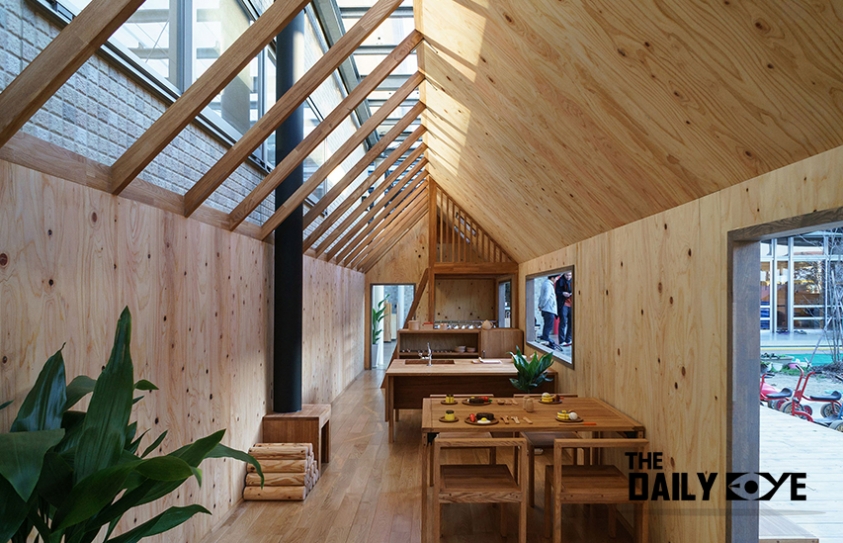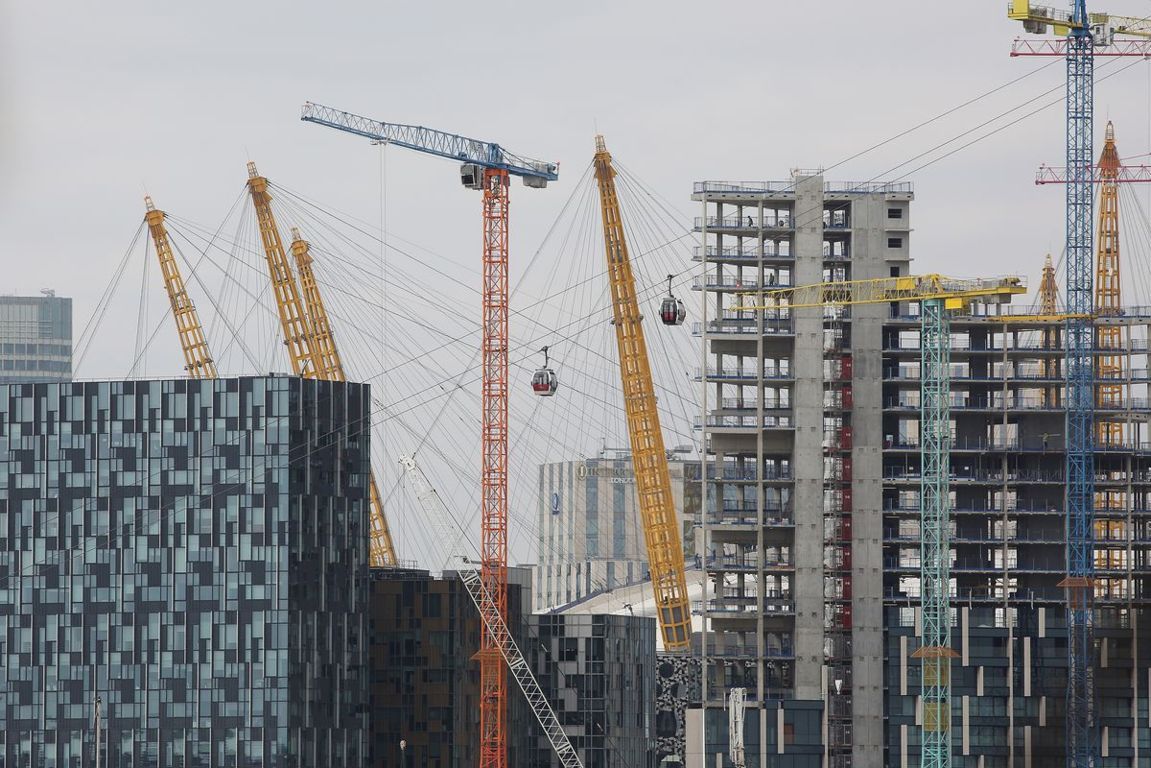
Wood: A powerful and valuable solution for Sustainable Structures
by Yash Saboo January 31 2018, 4:35 pm Estimated Reading Time: 2 mins, 40 secsWood is not associated with sustainability as we know that wood comes from forests — so typically, timber is associated with deforestation. And deforestation is a key environmental problem: not only does it destroy ecosystems and habitat; it's also a major factor driving climate change. Thus, wood won't be your immediate choice when it comes to sustainable construction.

Source :Recode
But, new research points to the significant advantage wood has over comparable materials in sustainable construction. Those include carbon emissions, effect on water quality and overall environmental impact when measured over the complete life cycle of the structural material. Now that man-made materials are leaving a huge carbon footprint, wooden architecture is enjoying a resurgence.
In simpler words, increasing the proportion of wood in construction can facilitate a reduction in the use of other construction materials, such as concrete, steel, and brick. These construction materials don’t come from renewable raw materials, they require a great deal of energy for their production and they entail higher emissions of carbon dioxide.
A study by Architecture and Design and published in the Journal of Sustainable Forestry finds that the world’s forests contain more than 400 billion cubic yards of wood, but relatively little of that is turned into wooden building materials. Globally, there is a virtually inexhaustible supply of wood.
Another study looking at the life cycle of building materials used in both cold and warm climates found that total life-cycle emissions for wood houses were lower than comparable houses of concrete (by 31 percent) or steel (by 26 percent), even before accounting for the amount of carbon stored in wood products.
16% of all the fossil fuel consumed every year is used to turn those raw materials into construction products. Using wood and specially engineered wood products instead would drastically reduce global carbon dioxide emissions and fossil fuel consumption. Managed properly, this could be done without loss of biodiversity or carbon storage capacity.
Architect Michael Green of Vancouver says “The Earth grows our food. The earth can grow our homes. It’s an ethical change that we have to go through.” Australian architect Alex de Rijke adds, “The 18th century was about brick, the 19th about steel, the 20th about concrete, and the 21st century is about wood.”
The new age infrastructure in India also demands a combination of innovative construction styles along with usage of robust technology and high end and durable building material to give it the desired shell life and sustainability. With an increased number of skyscrapers and massive infrastructure projects being designed, the need for them to be made up of most appropriate materials has risen. This is where wood comes to the rescue.
Apart from saving the climate and sustainable development, there is one more benefit to building with wood and it has nothing to do with structural strength or carbon sequestration. Wood adds beauty to the interior and exterior of any building. It is warm to the touch and pleasing to the eye. When you consider all the advantages of wood, it’s no wonder that more and more architects are calling for buildings made of wood for structures of the future.




-173X130.jpg)
-173X130.jpg)

-173X130.jpg)
-173X130.jpg)


-173X130.jpg)